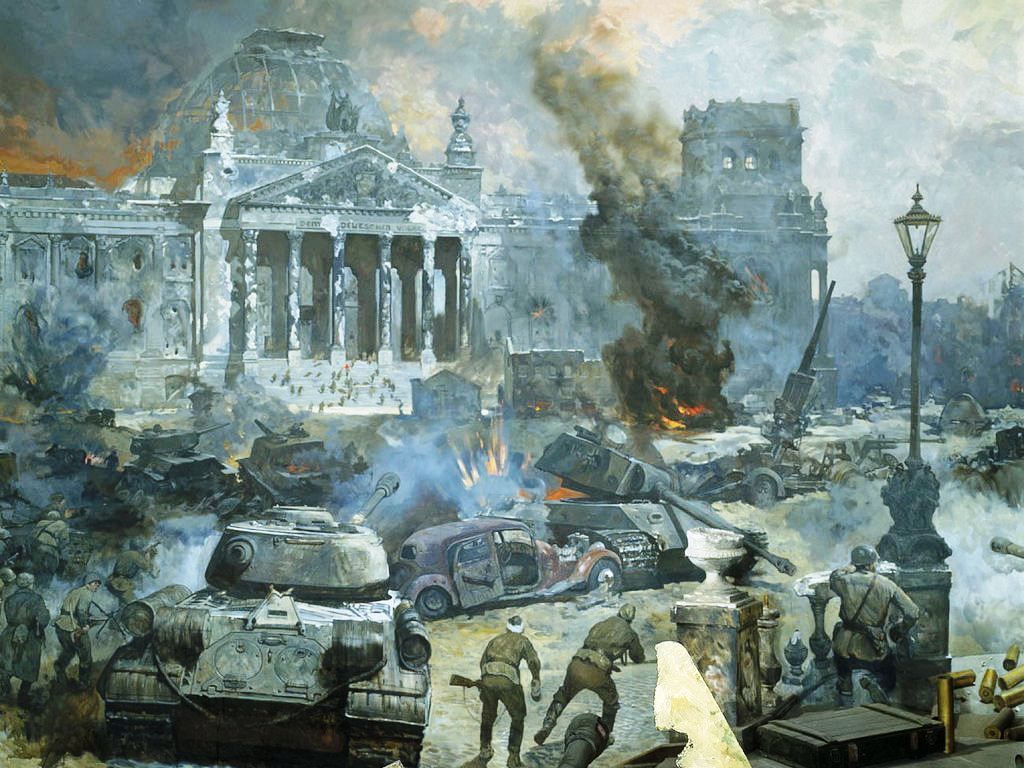
Overview
Our world today is what it is in large part because of World War II. The course will help you develop an in-depth knowledge of this seminal and transformative conflict. It will focus on key battles, war theaters, and patterns of combat, but equally important, it will bring in and incorporate a variety of personal wartime experiences. The course will underscore the immensity and diversity of the war effort made by civilians as well as by military personnel. It will also seek to come to terms with the war’s catastrophic and destructive impact on dozens of countries and dozens of millions of lives. The way World War II is taught and studied is often shaped by particular countries’ roles and experiences in it. By casting this war as a global conflict that involved and affected people on all continents, our course will seek to build on students’ diverse backgrounds and interests and expand their understanding of one of the most devastating conflicts of all times. Three fundamental questions about World War II will drive our course’s progress: Just what kind of conflict was it? Why did it happen? How did it shape our world?
This relates to the second aim of the course, which is to introduce you to a number of different kinds of historical problems, big and small. In your assignments, discussions, and exam you'll have an opportunity to develop and demonstrate your skills as a historian, by identifying
patterns which tie together and give meaning to masses of facts and by creating arguments about those patterns of meaning.
Finally, through your assignments and the feedback you receive on them, you should learn about historical method, the presentation of evidence, and the writing of historical papers. In short, it's hoped that this course will sharpen your ability to analyze past events, and will enable you to think about the past imaginatively and critically. Good luck in your endeavours. I hope you find it a stimulating and worthwhile learning experience.
Learning Outcomes
After successfully completing this course, students will be able to
- Identify and explain the historical significance of major trends and milestones in World War II as a global conflict.
- Discuss and analyze issues and problems in the history of World War II in their proper historical context
- Apply historical research methods independently and in collaboration to locate, analyze, and interpret primary and secondary sources on World War II and present as a collaborative project to argue that.
- Apply historical research methods to locate, analyze, and interpret primary and secondary sources on World War II and apply effective essay-writing to argue that analysis.
- Recognize and integrate voices and experiences of historically underrepresented groups into the framework of World War II as a global conflict.
Topics
- The World’s Future in 1919: “The Great War” and the Paris Peace Conference
- The Interwar Decades: Socio-Economic Crises and the Rise of Authoritarianism in Europe and Asia
- The Interwar Decades: International Conflicts and Conquests
- 1939-1940: The Nazis on the March
- 1941: “A Single World Conflict”
- 1942-43: The War’s Multiple “Turning Points”
- Total War: Mobilization and Disunity in Allied and Axis Powers
- Total War: Transformations in Science and Culture
- Total War: The “Bloodlands” of Europe and Asia
- 1944: Before and After D-Day
- 1945: The War’s End
- The Shaping of Our Postwar World: The Cold War, Decolonization, and Beyond
Terms
Evaluation
30% - Essay
10% - Quizzes (best 5 of 6)
10% - Tutorials (best 2 of 3)
30% - Group Project
20% - Take-Home Final Exam
*Evaluation Subject to Change*
Live Sessions
This course has mandatory live sessions (e.g., webinars, synchronous activities, etc.).
Teamwork
This course involves teamwork, which strengthens sought-after transferable skills, including communication, relationship building, adaptability, conflict resolution, and more. Students will be asked to work with peers on graded assessments and will be expected to collaborate asynchronously, although they can collaborate synchronously if they choose. Students can expect to be graded individually, as a group, and by peers on group submissions. Queen’s University and the teaching team are committed to supporting students with strategies to succeed in a team-based setting.
LOCATION AND TIMING OF FINAL EXAMINATIONS
Once the exam schedule has been finalized the exam date will be posted on your SOLUS account. The exam dates for each Term are listed on the Faculty of Arts and Science webpage under "Important Dates." Student exam schedules for the Fall Term are posted via SOLUS immediately prior to the Thanksgiving holiday; for the Winter Term they are posted on the Friday before Reading Week, and for the Summer Term they are individually noted on the Arts and Science Online syllabi. Students should delay finalizing any travel plans until after the examination schedule has been posted. Exams will not be moved or deferred to accommodate employment, travel/holiday plans or flight reservations.
Textbook and Materials
ASO reserves the right to make changes to the required material list as received by the instructor before the course starts. Please refer to the Campus Bookstore website at http://www.campusbookstore.com/Textbooks/Search-Engine to obtain the most up-to-date list of required materials for this course before purchasing them.
Required Textbooks
- Mawdsley, Evan. World War II: A new History. 2nd Ed. Cambridge University Press. ISBN: 9781108791403
The following learning resource is available via the Library
- Roberts, Priscilla, ed. Voices of World War II: Contemporary Accounts of Daily Life. Santa Barbara, Denver, and Oxford: Greenwood, 2012.
All other required and recommended materials will be available through onQ
Time Commitment
Students can expect to spend on average about 8-10 hours per week completing relevant readings, assignments, and course activities.

